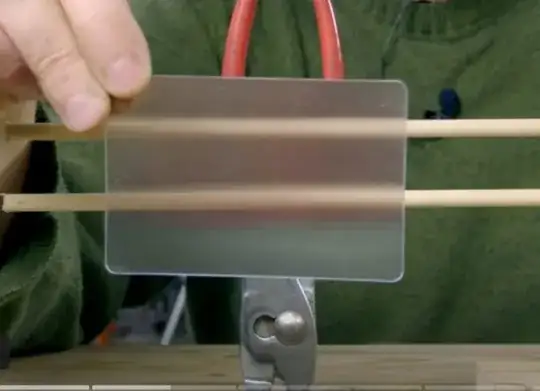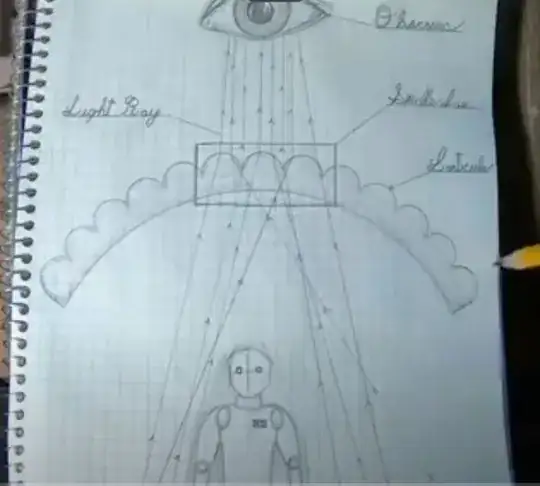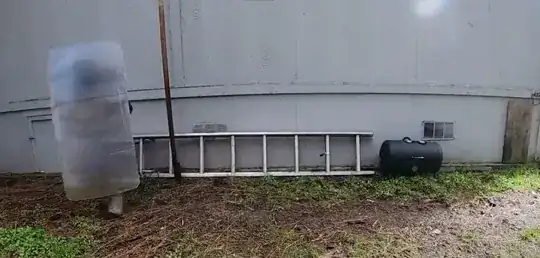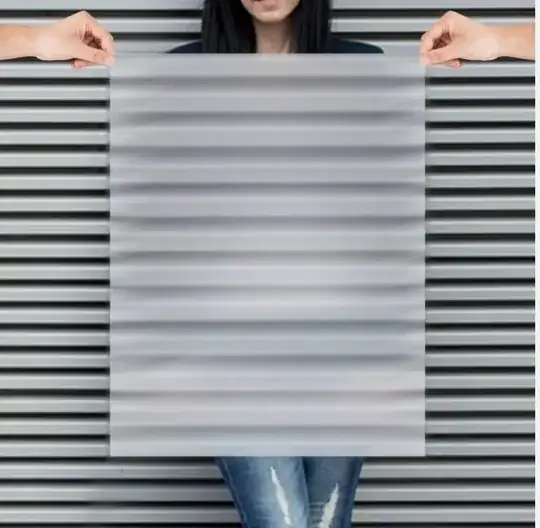I’ve been reading about the concept of invisibility in physics and am curious about its feasibility. We often see references to invisibility cloaks in science fiction, but what does physics say about it? Are there any existing theories or technologies based on real-world physics that might enable invisibility, even for a limited range or in specific conditions? How would concepts like light manipulation or metamaterials play a role in achieving this? I’m particularly interested in any potential scientific breakthroughs that could bring this concept closer to reality.
i have researched and get to know that Invisibility is theoretically possible, but there are some limitations. If a person were to become fully invisible, they wouldn't be able to see anything either, since light would be bent around them. However, there is a way to achieve partial invisibility using metamaterials. These are specially designed materials that can bend light around an object, effectively hiding it from view.
The problem, though, is that to make someone invisible, they would need special lenses in their eyes. These lenses would have to bend the light at a 90-degree angle, meaning only a small fraction—about 3% of the light—would be able to pass through. This could allow the person to see, but it would also reduce the amount of light they could perceive, making it much harder to be seen clearly but you can see other things because of that 3% light.



